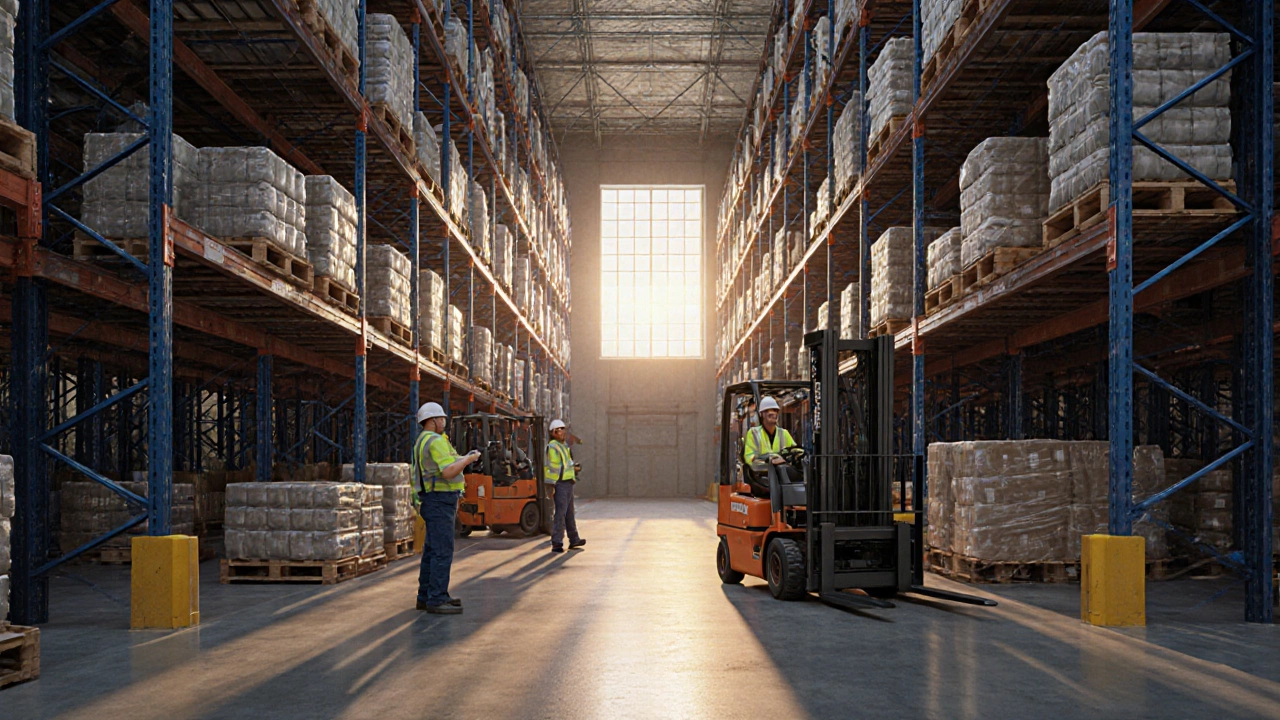Warehouse Types: Common Types and How They Work for Modern Businesses
When you think of a warehouse, a facility used to store goods before they reach customers. Also known as a distribution center, it’s the backbone of every supply chain—from small online shops to giant retailers. But not all warehouses are the same. The type you choose affects how fast you ship, how much you pay, and even how well you handle returns. In India’s growing e-commerce market, picking the right warehouse type isn’t just a detail—it’s a make-or-break decision.
There are several warehouse types, distinct storage models designed for specific products, volumes, and delivery speeds. The most common ones include public warehouses, third-party facilities that multiple businesses rent on a short-term basis, ideal for seasonal spikes or startups without capital to build their own. Then there’s the private warehouse, a dedicated facility owned and operated by a single company, offering full control but higher fixed costs. For perishable goods like medicines or dairy, cold storage warehouses, climate-controlled spaces that maintain low temperatures are non-negotiable. And if you’re selling online at scale, you’re likely using an automated warehouse, a high-tech facility where robots, conveyor belts, and software handle picking and packing—the kind that cuts errors and speeds up same-day delivery.
These warehouse types don’t exist in isolation. They connect to tools like WMS (Warehouse Management Systems), which track inventory in real time, and to logistics networks that move goods from supplier to shelf. A cold storage warehouse needs different software than a high-volume automated center. A public warehouse might be cheaper upfront, but if your orders grow fast, you’ll hit limits fast. The right mix depends on your product, volume, and delivery promises.
What you’ll find below is a collection of real, practical guides on how these warehouse types work in today’s market. You’ll see how automation is changing storage, how SAP and WMS systems fit into the picture, and what it really costs to run different kinds of facilities. Whether you’re managing inventory for the first time or scaling up your logistics, these posts give you the facts—not the fluff—so you can pick the right setup for your business.
What Are the Three Major Types of Warehouses?
Learn about the three major types of warehouses-distribution centers, fulfillment centers, and bonded warehouses-and how each serves different business needs in modern logistics.
Read More